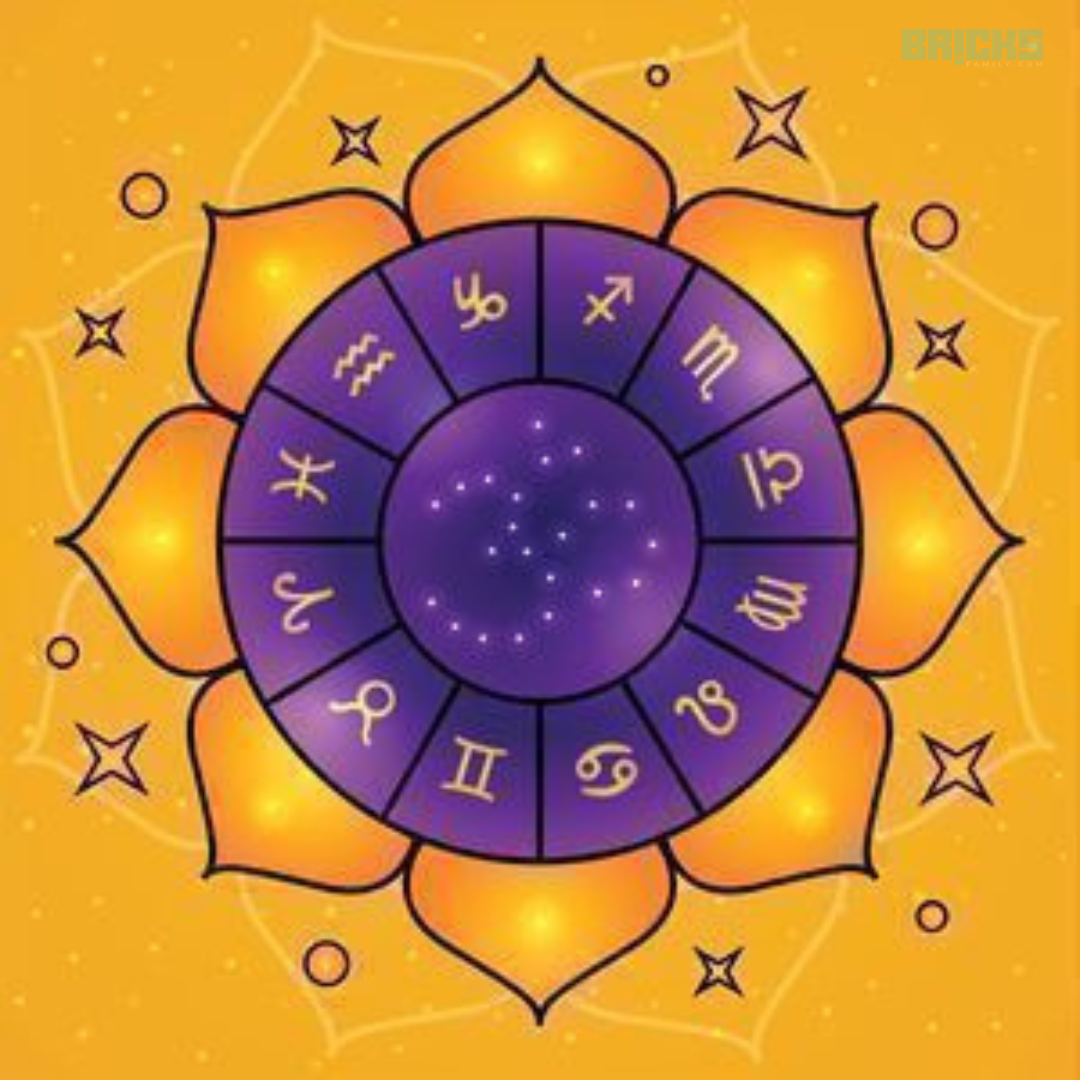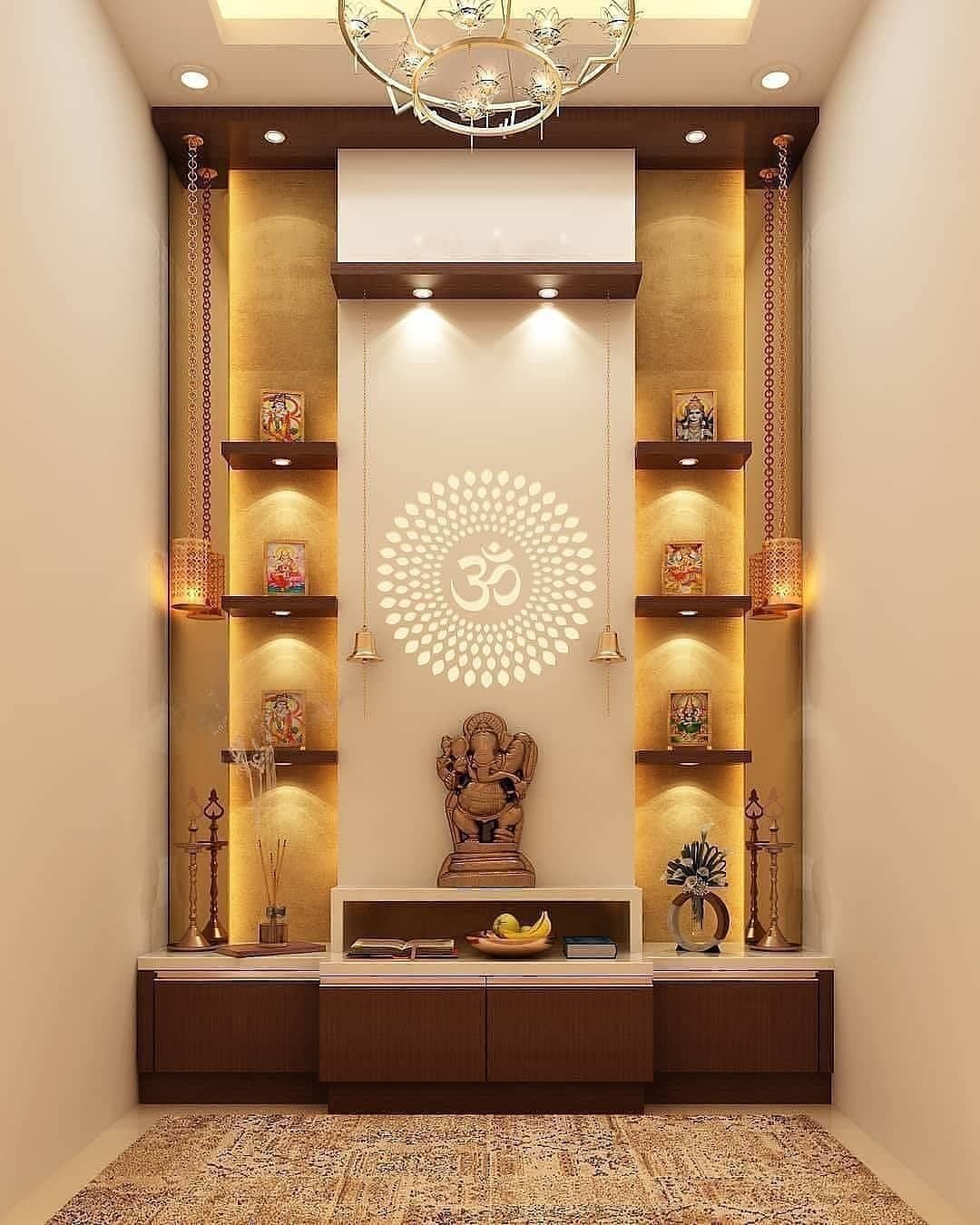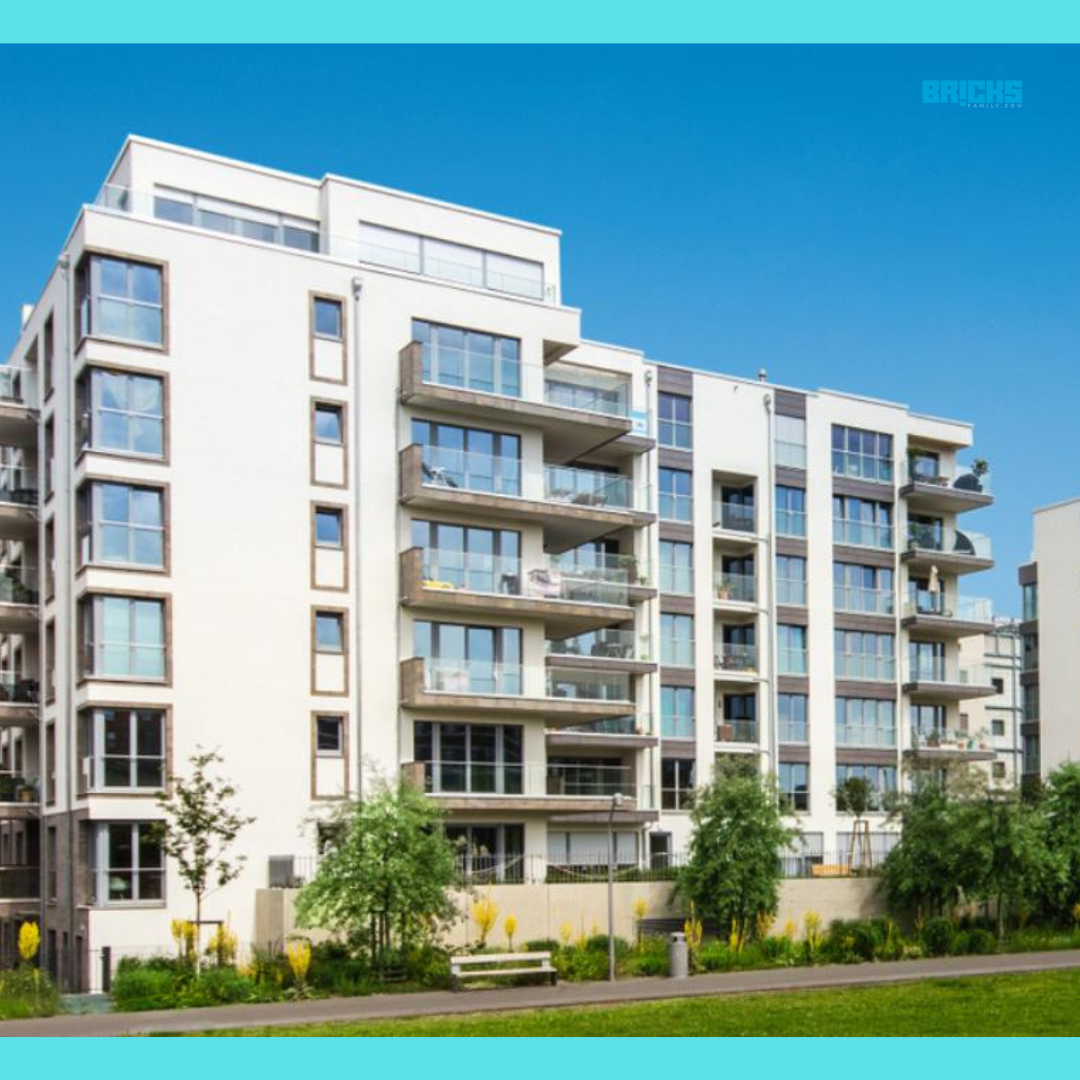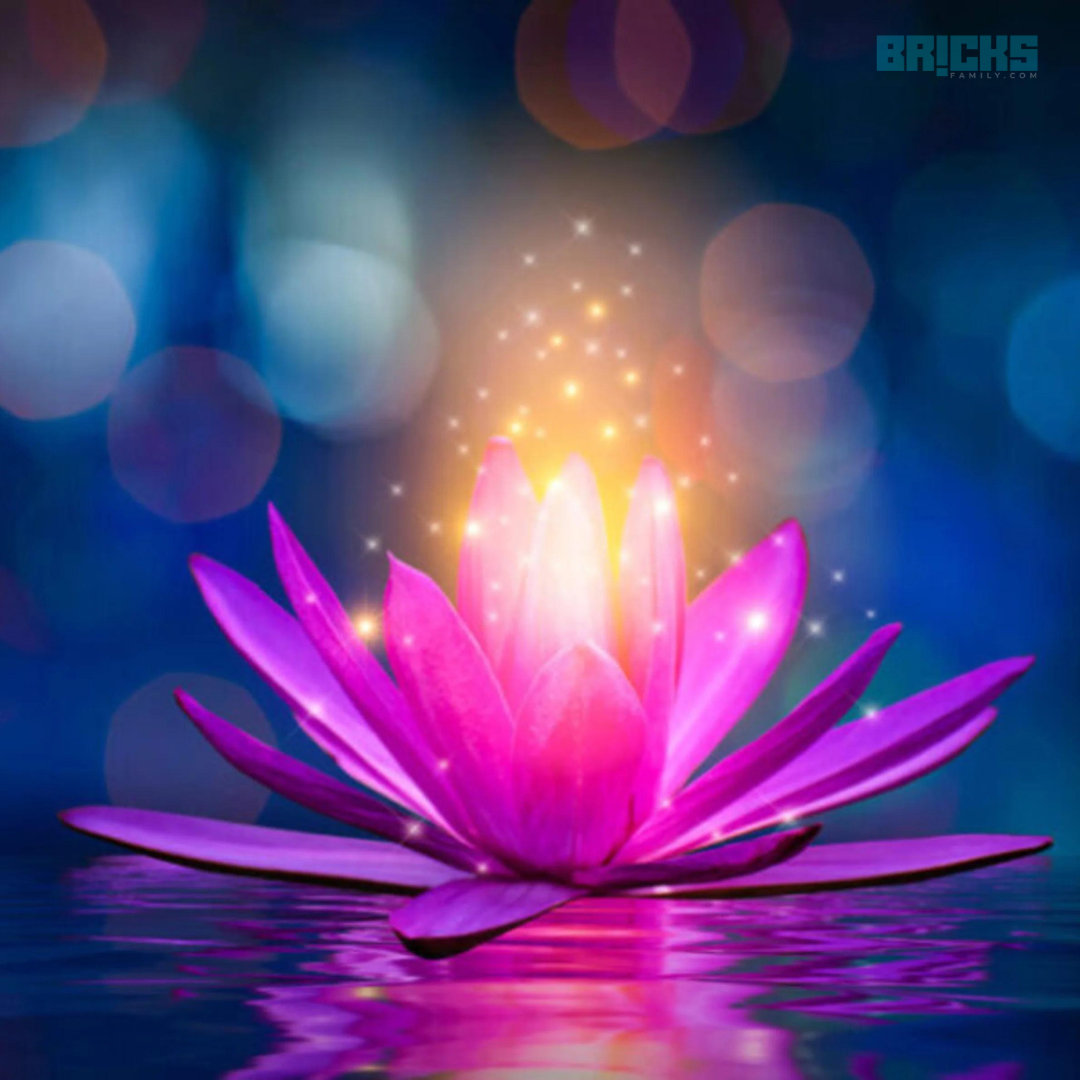The Vastu chart is a traditional Indian architectural concept that aims to bring harmony and uplifting energy into residential and commercial spaces. It serves as a metaphor for the connection between people, their environment, and the cosmic energy grid. This blog is about What is the Vastu chart? Vastu Chart for Home. 10 Things to Know ,
The Vastu chart offers guidelines for placing elements within a building, such as rooms, doors, windows, and furniture, to maintain balance, well-being, and success. This custom has been followed for many years and is still relevant to modern interior and architectural design.
The four directions are the cardinal directions of a Vastu Chart. The two directions, like SE, NE, NW, or SW, meet at the ordinal or intercardinal point. In Vastu Shastra, these instructions have a great deal of significance.
Tell us why these eight directions are essential.
- South East:
Agni, the lord of fire, is in charge of this direction. The wellspring of health is fire.
- East:
The lord, Indra, is in charge of this direction. He offers prosperity and all of life’s pleasures.
- South:
Yama, the god of death, is pointing in this direction. It is the origin of both prosperity and pleasure.
- West:
The Lord of Rains, Varun, is in charge of this direction. He provides joy and wealth and bestows favors in the form of raindrops.

- South West:
The god Niruti, who safeguards us from evil, controls this route. It originates from character, demeanor, death cases, and lifespan.
- North:
The deity of wealth, Kuber, is in charge of this direction. It provides prosperity and fortune.
- North West:
Lord Vayu is in charge of this direction. It is the origin of shifting animosity, business, and friendship.
- North East:
Lord Eeshan is in charge of this direction. It is where riches come from.
Vastu Chart for Home
A person or place’s surroundings can be made more positive and less negative by following the instructions in a vaastu chart. The more optimistic you become, the more abundance will draw you in. Therefore, it is safe to assume that the Vastu chart of a home can bring its people success and riches. What is the Vastu chart? Vastu Chart for Home. 10 Things to Know.
A home is where you and your loved ones reside. Always strive to keep them safe from all harmful energies. You can be confident that your family, you, and your home will be protected from the evil forces of the world once you have a house Vastu chart.

According to the Vastu shastra, each room in your house has a defined area. You can find the rooms according to the rules and guidelines in the Vastu chart.
- Bedroom
Your master bedroom should always be in the southwest corner of your house, according to Vastu principles. A married couple’s bedroom must face southwest if intended for them.
- Kitchen
According to Vastu, the kitchen should never be located in the northeast, middle of the north, middle of the west, southwest, middle of the south, or the middle of the home.
- Dining room
East, North, or West should be the direction of the dining room. The eating space needs to be roomy, cozy, and welcoming. The rest of the family members may face north, west, or east, but the family head must sit facing east.
- Pooja Room
Vastu for the pooja room needs to be carefully researched. The ideal position for your pooja room is in the northeast. Positive outcomes will be obtained from the pooja room in the north quarter.
- Living Room
A living room’s Vastu dictates that the furniture be square or rectangle-shaped. The living room’s west corner is where it belongs.
- Bathroom
The ideal area to use the loo is in the east. The sun’s early-morning rays are good for your health.
- Study Room
Any study space must face North, East, or Northeast. Additionally, the youngster must study with their back to the East or North.
- Entrance
According to Vastu principles, the main entrance direction is significant for energy movement and harmony within a home or building. The following are the best primary entrance directions according to Vastu:
- North – Stands for wealth, achievement, and opportunity.
- East – Symbolised by hope, fresh starts, and spiritual advancement
- North-East – Promotes positive energy, enlightenment, and spiritual well-being
Vastu Colors for the house
The occupants’ harmony should be considered while choosing colours for the property. The colour will have an impact on the home’s energy flow. The usual recommendation is to choose bright colours like yellow, white, and green. These colours are associated with positive energy. Red and black should be avoided because they are considered bad colours.
10 Vastu Tips for the Home
Positive energy makes a house more comfortable. Without worrying, you can take in and unwind with your loved ones, family, or acquaintances. What is the Vastu chart? Vastu Chart for Home. 10 Things to Know.

A Vastu chart for your house or office outlines the minor adjustments you should make to infuse positive energy into the space. Tell us about ten things that will make your home prosperous and harmonious.
1. Open windows for fresh air:
Positive energy and a revitalizing atmosphere are produced by fresh air inside the house. Most homeowners close their windows to reduce noise, pollution, and dust. To bring positive energy, leaving it open for at least a short while is essential.
2. Throw away broken things:
Throw away broken furniture, containers, or flower pots you cannot fix since they contain lousy energy.
3. Keep toilet seats and bathroom doors closed:
Bad energy can be avoided by closing the bathroom doors and toilet seats. If there is room, put a money plant or a palm in the bathroom to absorb bad energy.
4. Clean with sea salt:
Use sea salt to clean your house because it can absorb bad energy. To keep bad energy out of your house, you can also keep a modest bowl of sea salt in a corner of a room.
5. Clear the clutter:
We all tend to hoard items in the hopes of using them later. Every day, thoroughly clean your rooms, paying particular attention to the cabinets. Remove items from your home that are no longer useful to infuse it with a pleasant aura.
6. Cover trash cans and dustbins:
These create negative energy, so always keep your dustbins or trash cans covered.
7. Clocks must be working correctly and in the correct place:
According to Vastu, clocks stand for riches and prosperity. It has to be facing either east or north. Verify that it functions properly and displays the correct time.
8. Keep your main entrance area unobstructed and clean:
Positive energy enters your home through the main entrance. The space needs to be tidy and uncluttered. It would help if you beautified any walls in front of the main entrance door. It will draw positive energies.
9. Decorate your living room:
People often feel at ease and calm in living rooms. The room’s pleasant vibe will rise with decoration.
10. Repair leaking taps:
According to Vastu, water is associated with wealth. Fix dripping faucets to stop bad energy. You can begin arranging the layout of your home after reading and comprehending this text.
Benefits Of Vastu Chart for Home
Simple to use: Vastu-designed homes have the best structural layout, allowing positive energy to flow freely throughout their interiors. These homes adhere to the Vastu principles and are a crucial Vastu Shastra application, laying the foundation for a peaceful and contented life. What is the Vastu chart? Vastu Chart for Home. 10 Things to Know.
Every part of the house was built precisely according to the Vastu Chart, creating a comfortable living environment and removing obstacles to the tenants’ adaptability and well-being.
Best use of available space: The Vastu Chart aids homeowners in making the most of their available space because it is an architectural concept. By following the guidelines of the Vastu Chart, one can strategically arrange the rooms in the home to improve their connection to nature, the elements, and the neighbourhood.
This clever arrangement produces a harmonious and balanced living environment by guaranteeing that people may ultimately benefit from the positive effects of their surroundings.
Financial success and abundance: Vastu charts offer advice on attracting wealth and riches to achieve financial success and plenty. Carefully chosen wealth symbols and the use of lucky colours and materials can assist in creating an environment that encourages financial growth and prosperity.
Vitality and good health: Vastu charts consider the positioning of various elements to maximize health and vitality. Properly arranging spaces, furnishings, and accessories will improve physical health and vitality.
Promotes a healthy lifestyle: A home built using a Vastu chart is uncluttered and exhibits a well-balanced mentality. The occupants’ happiness and mental and emotional well-being may increase. It also helps people retain mental focus throughout the day by increasing their awareness of their ideas. If the Vastu Chart is used correctly, building residents can work and be active all day.
Summary for Vastu Chart
The Vastu chart offers a comprehensive approach to creating living and working spaces that promote harmony, balance, and positive energy. Adhering to the Vastu principles can create environments that enhance our physical, mental, and spiritual well-being. In this way, this blog give us major ideas about What is the Vastu chart? Vastu Chart for Home. 10 Things to Know.
The Vastu chart is an essential tool for architects, interior designers, and homeowners who want to build places that look good and promote a tranquil and balanced way of life. By following the Vastu principles, we may enhance the quality of our lives and create a stronger bond with the places we call home.
Also Read: IPS Flooring – Meaning, Types, Advantages, Maintenance & More
Similar Topics: Guest Room Vastu Principles To Remove Negative Energy and Invite Positivity















